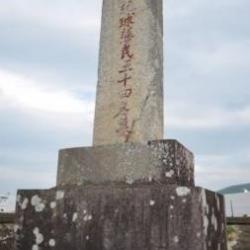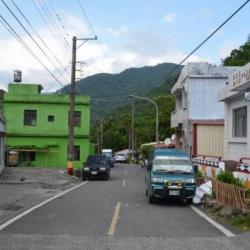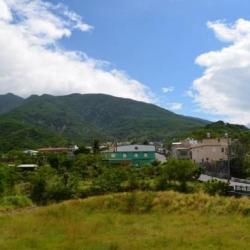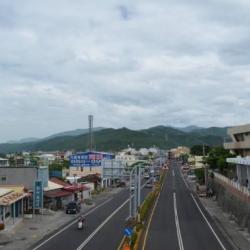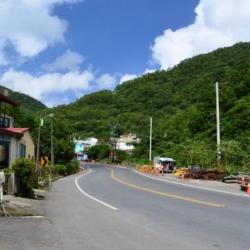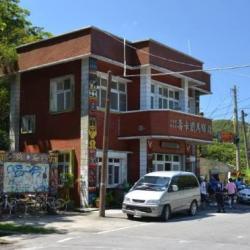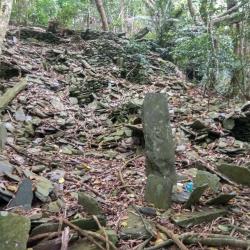The Tomb of 54 Ryukyuan is located in the alleys off Tongpu Road in Checheng Township, Pingtung County. It mainly serves as a place to remember the death of 54 Ryukyuan fishermen, who were killed by indigenous Paiwan tribe of Gaoshifoshe when they drifted to Bayao Bay due to a storm in 1871.
When the incident happened, the then Japanese Commander Saigo Judo sent troops to attack Taiwan on the grounds of killing the Ryukyuans. The tombstone was originally located at Shuangxikou in Shimen. Later, with the help from local residents Lin Ah-Jiu, Yang You-Wang and Zhang Mei-Po, Commander Saigo Judo moved the tomb to the current location and erected a tombstone. Later, Lin Ah-Jiu was commissioned to convene the villagers to worship the tomb twice a year in spring and autumn.
Today, the three Japanese characters that read “Empire of Japan'' on the front of the tombstone have been smeared, and the inscription on the back is weathered and blurred, making it difficult to identify.
